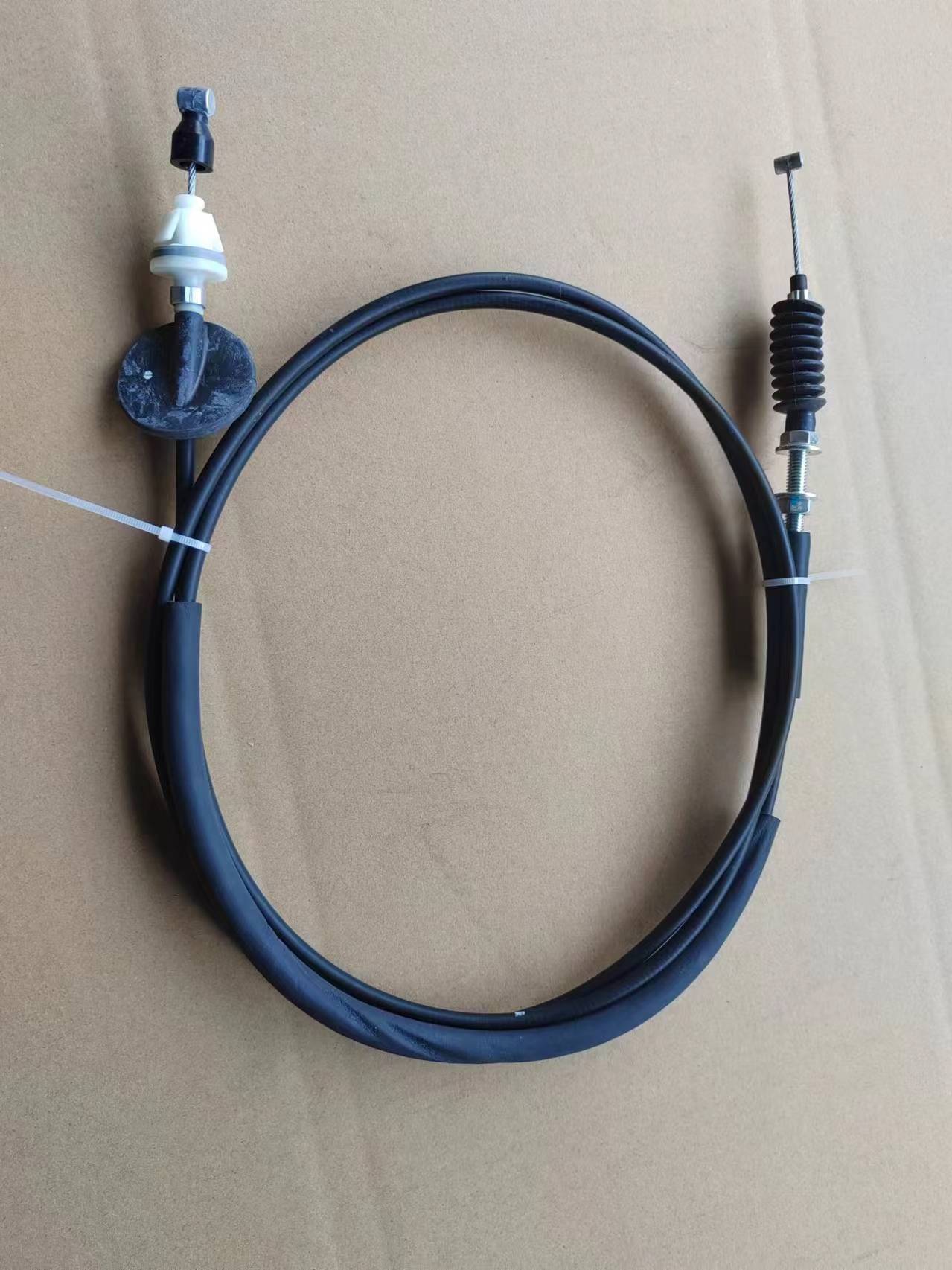throttle and cable
Understanding Throttle and Cable Mechanisms in Modern Vehicles
The throttle and cable system is an essential component in the functioning of internal combustion engines, particularly in vehicles. Though often taken for granted in modern automobiles, understanding how the throttle and cable work together provides insights into engine performance and driving experience.
What is Throttle?
The throttle is a device that regulates the amount of air entering the engine. It plays a crucial role in controlling engine power and performance, directly impacting fuel efficiency and emissions. In the context of a car, the throttle determines how much power the engine produces based on the driver's input. When the driver presses down on the accelerator pedal, they effectively open the throttle; conversely, releasing the pedal restricts airflow, reducing engine output.
Historically, throttles were purely mechanical devices, often composed of a simple butterfly valve that would pivot to allow or restrict air. However, with advancements in technology, electronic throttle control systems (ETC) have become more prevalent. ETC replaces mechanical linkages with electronic sensors and actuators, allowing for more precise control of the engine's air intake and ultimately increasing the overall efficiency and performance.
The Role of the Cable
In traditional vehicles, the throttle cable connects the accelerator pedal to the throttle body. When the driver pushes the accelerator, the cable pulls on the throttle lever, opening the throttle valve and allowing more air into the engine. This mechanical system is relatively simple but can be susceptible to wear and tear, leading to issues such as lag in throttle response or complete failure if the cable snaps.
The main advantage of using a cable system is the direct mechanical link between the accelerator pedal and the throttle, providing immediate feedback to the driver. However, as technology has evolved, many manufacturers have transitioned to electronic throttle controls, reducing the need for physical cables.
Transition to Electronic Throttle Control
throttle and cable

ETC systems replace traditional cables with electronic signals that control the throttle position. When the driver presses the accelerator pedal, a sensor detects this change and sends a signal to the vehicle’s onboard computer. The computer then calculates the appropriate throttle position and activates an actuator to open or close the throttle valve.
This transition has numerous benefits. One of the most significant advancements is the potential for improved fuel efficiency and reduced emissions. With precise control over air intake, the engine can operate more efficiently, optimizing fuel use based on real-time demands. Additionally, ETC enhances vehicle performance by allowing features such as cruise control and traction control to work seamlessly, further enhancing the driving experience.
Throttle Response and Driving Dynamics
One of the critical aspects of throttle and cable systems, whether mechanical or electronic, is throttle response — how quickly the engine responds to the driver’s input on the accelerator pedal. Enthusiasts often prefer vehicles with a direct and immediate throttle response for a more engaging driving experience. This immediacy allows for better control during acceleration, especially in performance-oriented scenarios such as racing or off-road driving.
While electronic throttle systems provide advantages such as adaptability and fuel efficiency, there have been criticisms regarding their feel and responsiveness. Some drivers describe the experience of driving vehicles with electronic throttles as being less connected or engaging than those with traditional cable systems. However, manufacturers have made advancements in tuning electronic systems to mimic the feedback and responsiveness drivers expect.
Conclusion
Understanding the relationship between throttle and cable systems is crucial for anyone interested in vehicle mechanics, performance, and fuel efficiency. While traditional mechanical linkages have their charm and simplicity, the evolution toward electronic throttle control represents a significant advancement in automotive technology. These systems enhance precise control over engine performance, fuel efficiency, and overall driving dynamics.
In the constantly changing landscape of automotive engineering, both throttle and cable systems continue to play an essential role. As we move towards increasingly sophisticated vehicle technology, the core principles governing these systems remain relevant, underscoring the importance of understanding how they function collectively to drive our vehicles forward. Whether one prefers the directness of a cable or the sophistication of electronics, knowledge about these systems fosters a deeper appreciation of modern automotive engineering and its impact on our driving experience.
-
Workings of Clutch Pipe and Hose SystemsNewsJun.04,2025
-
The Inner Workings of Hand Brake Cable SystemsNewsJun.04,2025
-
The Secrets of Throttle and Accelerator CablesNewsJun.04,2025
-
The Hidden Lifeline of Your Transmission Gear Shift CablesNewsJun.04,2025
-
Demystifying Gear Cables and Shift LinkagesNewsJun.04,2025
-
Decoding Clutch Line Systems A Comprehensive GuideNewsJun.04,2025
